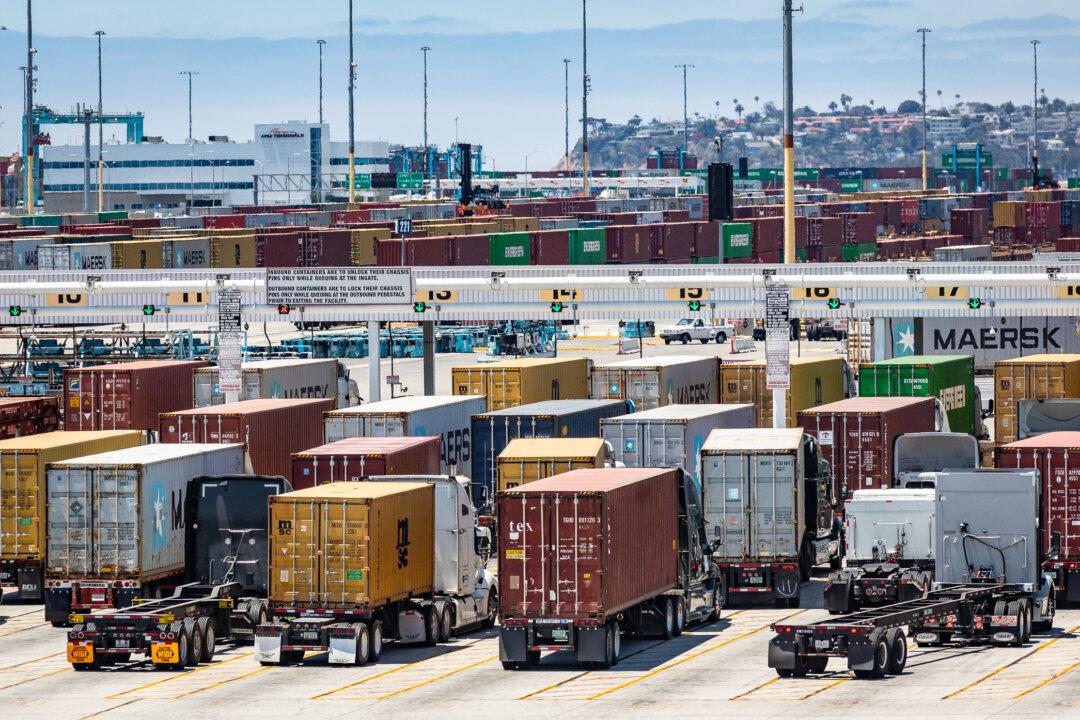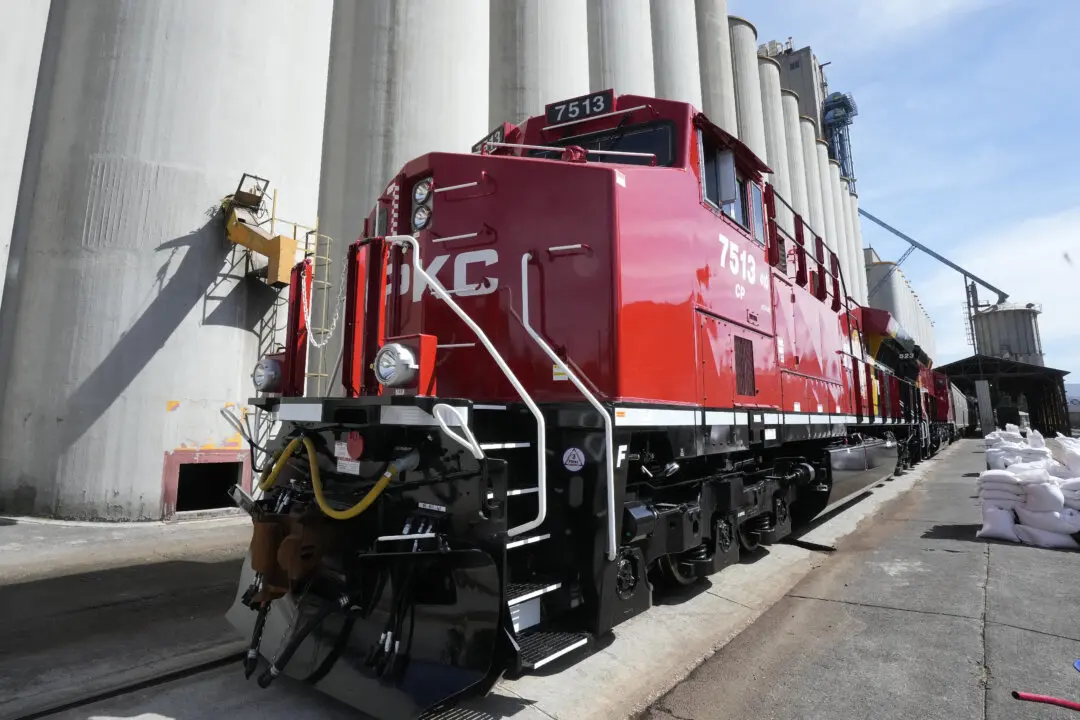Port congestion in North America worsened in late July compared with a month ago, with traffic having shifted from the West Coast to the East Coast.
On July 28, there were 153 ships waiting offshore at various ports across North America, a significant jump from 92 vessels on June 10, according to data by American Shipper. The previous seven weeks saw the North American container ship queue jump by 66 percent. The rising congestion has triggered worries about a potential spike in shipping rates, which would push up decades-high consumer inflation.





